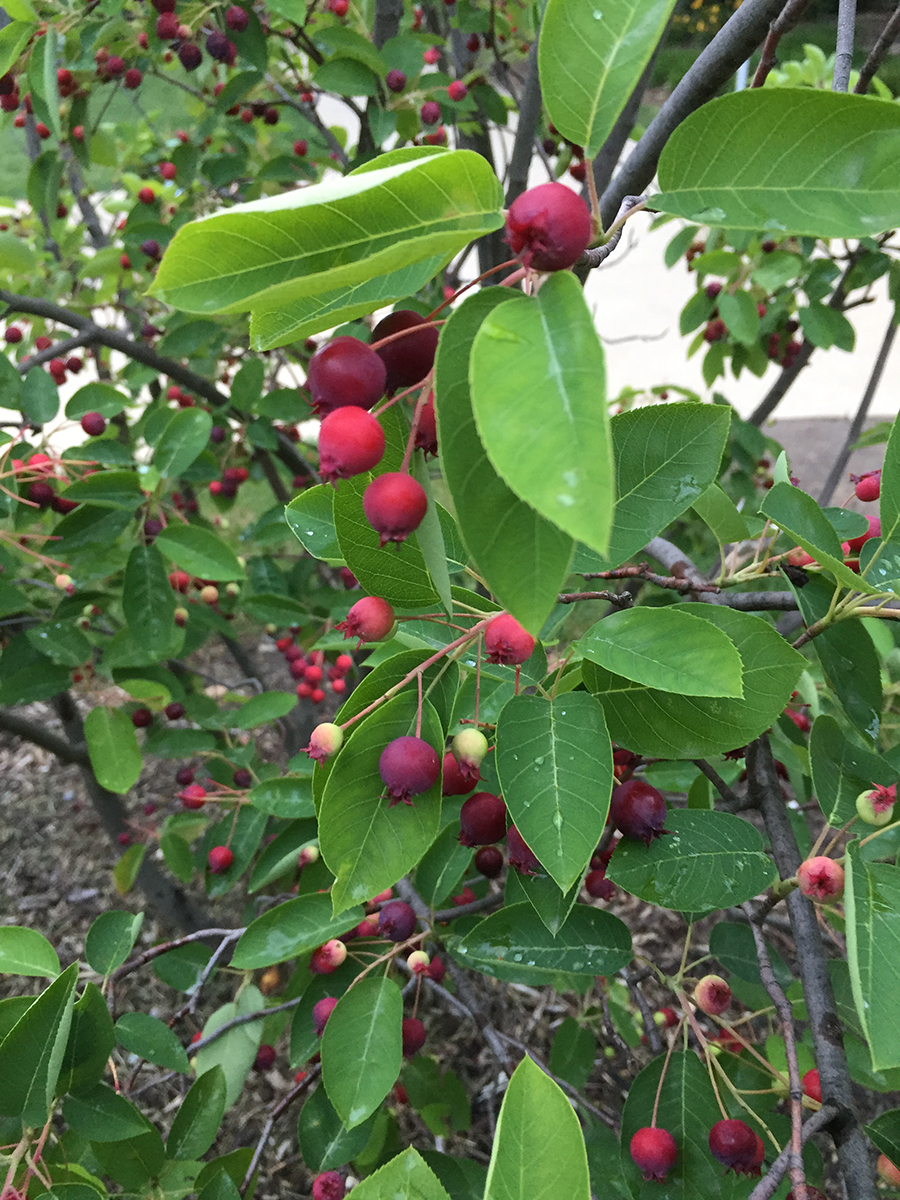
We are now at the time when it is at peak throughout the Eastern US and thus,it is a great time to learn about this wonderful tree. Juneberry, also known as Amelanchier, Serviceberry, Saskatoon, or Shadbush is a grouping of 20 deciduous small trees or large shrubs. Juneberry is a delightful understory tree or shrub that is widely loved and sought out among the Appalacian peoples here in Western PA and across the midwest and the southeastern United States. I remember a warm summer day a few years ago when the Juneberry pickings were quite good–I and two friends made our way to a local park, where we gorged ourselves in delicious berries and picked over four gallons–with so many berries still left on the tree. The next few days we enjoyed the berries fresh, canned them into jam, baked them into pies, and just were in awe of the abundance of these delightful trees. Today, I would love to share this abundance with you and explore the ecology, lore, magic, and mystery of the delightful Juneberry tree!
This post is part of my Sacred Trees of Eastern North America series–here you can learn about the many wonderful trees upon our landscape. In this series, I explore the magic, mythology, herbal, cultural, and divination uses, with the goal of eventually producing a larger work that explores many of our unique trees located on the US East Coast (which I hope to have completed by early 2022–so you will be seeing a lot more tree posts!) For my methods using ecology, the doctrine of signatures, and human uses, you can see this post. Other trees in this series include Tulip Poplar, Tamarak, Dogwood, Spruce, Spicebush, Rhododendron, Witch Hazel, Staghorn Sumac, Chestnut, Cherry, Juniper, Birch, Elder, Walnut, Eastern White Cedar, Hemlock, Sugar Maple, Hawthorn, Hickory, Beech, Ash, White Pine, Black Locust, and Oak. For information on how to work with trees spiritually, you can see my Druid Tree Working series including finding the face of the tree, seeking the grandmother trees, tree relationships, communicating on the outer planes, communicating on the inner planes, establishing deep connections with trees, working with urban trees, tree energy, seasonal workings, and helping tree spirits pass.
Ecology
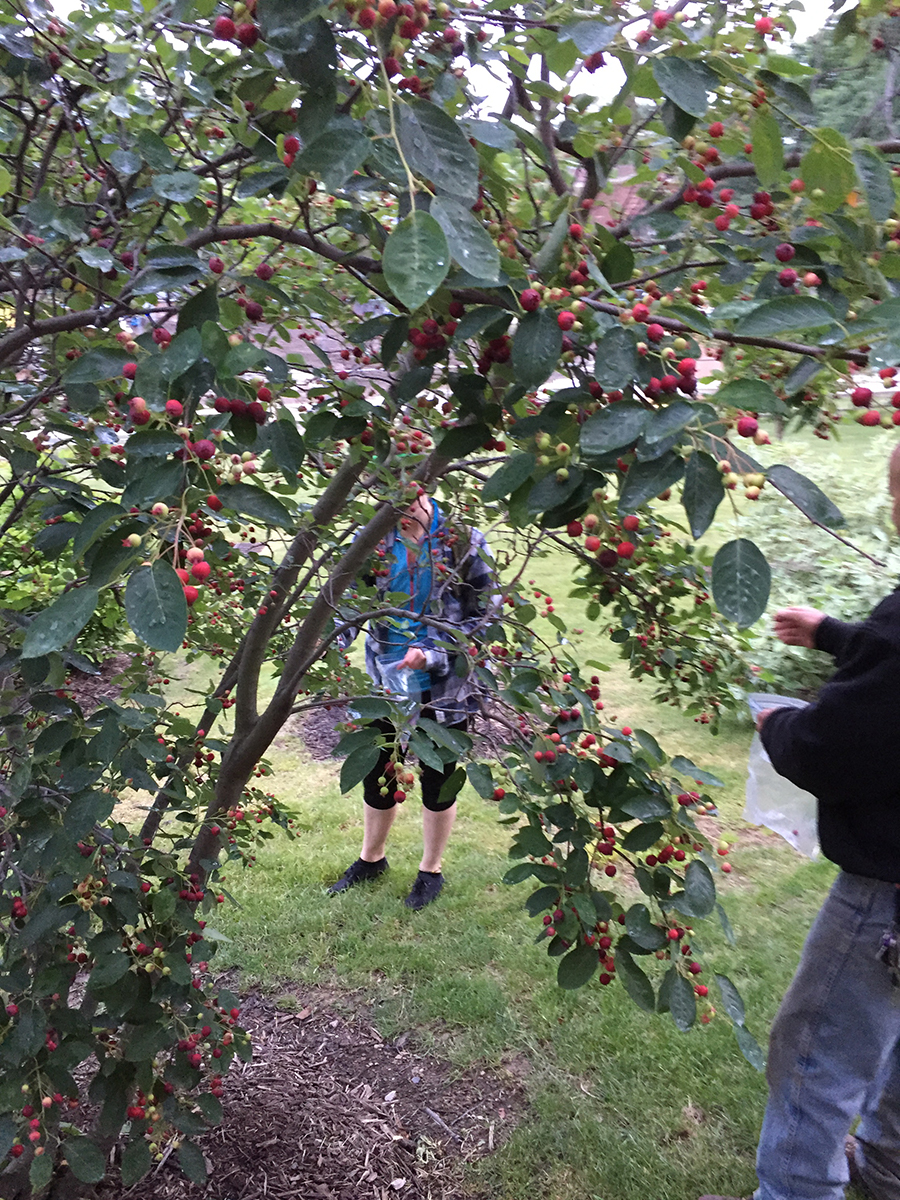
Juneberry is often found as a large shrub or small tree, appearing anywhere from about 6 feet tall to up to 25-40 feet in height with a trunk no larger than 6-12″ in diameter. According to Linda Kershaw in Trees of Michigan, while it is easy to identify the Juneberry species, identifying the specific subspecies can prove very difficult or impossible due to hybridization (I’ve found this to be the case as well!). In fact, some scientists aren’t clear if Juneberry is one species or 20! Because of this, I am going to discuss the Juneberry/serviceberry species as a whole, with special attention to those that are common in the US Midwest and East coasts. Most of my experience comes from Smooth Serviceberry (Amelanchier Laevis) and Appalachian Serviceberry (Amelanchier Canadensis) which appears as a small understory tree throughout the Alleghenies as well as various ornamental cultivars that appear more like shrubs in urban and suburban settings. And these are the two places you will find Juneberry–taller understory trees in forests throughout its range as well as urban cultivars in housing developments, on campuses and in parks.
The Juneberry has distinctive bark that is smooth, gray, with thick and darker vertical lines. Once you learn to ID it, it is very distinctive from other trees you might encounter, making it fairly easy to identify even in the winter months. They are slow-growing and relatively long-lived trees. The serviceberry can grow in a number of different conditions, with the exception of very wet areas or wetlands. It prefers drier soil, and so you are more likely to find it higher ground/uplands, etc. For example, in my region, the area that I know that has lots of Juneberry is our Gallitzin State Forest–this is literally the highest point in the county, on top of the Babcock ridge in the Allegheny Mountains at 2600 or so feet. The Juneberry trees grow up and down the mountainside; you won’t find it in the damp valleys with the Eastern Hemlock or Witch hazel, only on the sides and peak of the mountain.

Juneberry tree produces 5-petaled flowers that are really beautiful in very early spring. The flowers here often come out before leaves are on any of the trees (another characteristic of the understory trees–they take advantage before the overstory covers everything up). If you are seeking out serviceberry for the first time, this is probably the best time to find as it is really easy to spot the flowers when the rest of the trees are still pretty bare. Look for little clusters of white flowers. Once the flowers are gone, you can look for the fruits which go from green to red to deep purple that droop in nice fat clusters, or to the alternately-placed leaves with a tiny tooth edge ridge that is oblong and the smooth bark.
John Eastman notes in The Book of Forest and Thicket that Juneberry is particularly susceptible to gypsy moth damage as well as the destructive gymnosporanguim rust. This rust is hosted by Juniper / Red Cedar (Juniperus Virginia) and when it travels to a Juneberry or apple tree, it creates swollen fruits and distorted twigs that have powdery fungus. It’s a real disappointment to see your favorite serviceberry tree covered in this stuff!
A variety of wildlife enjoys the fruits including, according to Eastman, 22 different bird species – Cedar waxwings, gray catbirds, hermit thrushes, and northern orioles, to name a few. Beavers, foxes, red squirrels, bears, and white-tailed deer also enjoy the berries, fruits, bark, and foliage.


Food and Edible uses
The most important thing to understand about the Juneberry is that while the berry tastes kind of like a watery blueberry when fresh, cooking transforms its flavor into an incredibly delicious, rich, cherry-almond flavor that is hard to describe. Juneberry jam is one of my favorite jams because it is so delicious and unique!
In my experience, the challenge with finding these trees in the forest is that there is no way of reasonably picking the berries. You can gather from what drops to the ground, but often that amounts only to a few handfuls. I have had much better luck foraging these delicious berries in suburban and urban environments. My favorite harvest spot at present is at a local park where they have dozens of bushes planted as an ornamental! Of course, with any foraging, please make sure you practice reciprocation–do something in return for nature, ask permission, and make offerings before you harvest from the tree.
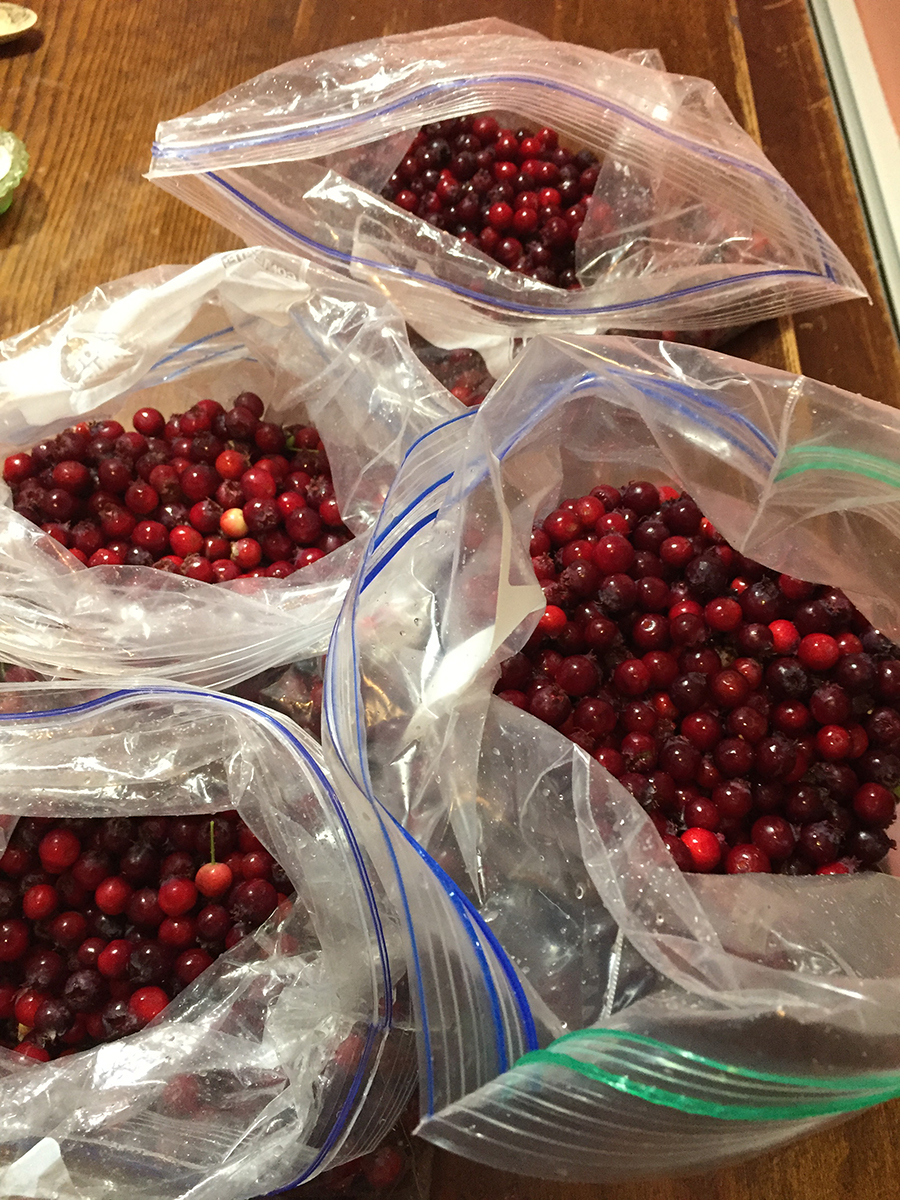
In Edible Wild Plants of Eastern North America, Rollins notes that Juneberry was well esteemed by both early European explorers and Native American tribes. Native Americans would gather the berries, beat them into a paste, and dry them into cakes. The dried berries were then mixed with cornmeal and used in old-style puddings. Further, John Eastman notes that the berries were one of the primary fruits included in traditional pemmican–a mixture of dried meat (often venison or bear), fat, and berries that offer high calories and fat. In Medicinal and Other Uses of North American Plants by Charlotte Erichsen-Brown, a range of indigenous uses of the berries are described, including how the Iroquois would ferment dried Juneberry, sugar, and water to make a refreshing drink (noted in 1916). The Chippewa found them so refreshing that the term “Take some Juneberries with you” was a common expression to be told to relax. Many tribes dried the Juneberry for eating in the winter months and used it for various winter food applications.
Other Human Uses
The wood of the Juneberry is very heavy, hard, strong, and close-grained. It has a dark red-brown appearance with lighter colored sapwood. Today, it is a favorite wood of spoon carvers and, in larger pieces, it is good for wood turning. Erichsen-Brown notes that the wood was used to make arrow shafts and pipe stems by indigenous peoples, particularly because it was so hard.
Eastman notes that the Juneberry has traditionally been used as a seasonal clock widely in North America, and he indicates that no other tree has quite this feature. In Colonial times, the blooming of the Juneberry was used by fishers to know when the spawning of shad fish happened (hence the common name “shadbush” given to the tree). The term “serviceberry” also was noted to mark the time for burial services for people who had died over the harsh winter (from cold, starvation,etc). Today, we can also see the timing of the gypsy moths from this tree.
Juneberry in Western Occultism and Herbalism
Like my other understory trees, the Juneberry does not get much notice or love from traditional western herbalism or occult communities. All of my usual sources I consult do not have entries for the serviceberry, which is unsurprising. I also cannot find references to this tree in any modern herbals (and I own many!)
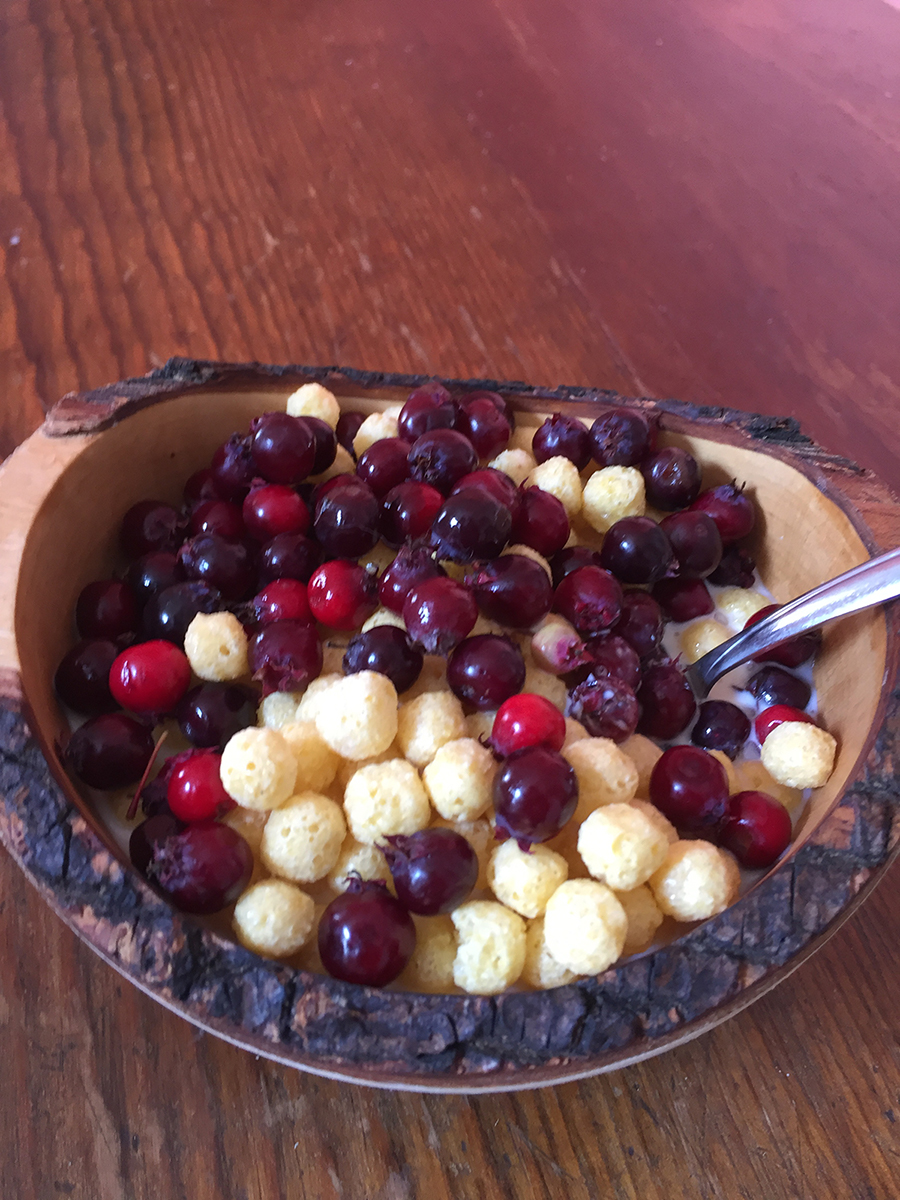
Most of what I have found about herbal uses comes from the work of Erichsen-Brown. She notes that the roots and bark were traditionally used by some tribes as medicinal tonics. Medicinally, Erichsen-brown notes a number of uses being tied to women’s health, particularly surrounding pregnancy. The Chippewa combined the bark of Juneberry was combined with that of pin cherry, chokecherry, and wild cherry decocted and drank for feminine issues (p.167). She notes that the Ojibwe used the bark also for an expecting mother, while the Iroquois used the fruit to treat post-childbirth pain and hemorrhage. I haven’t been able to find much in discussion of Juneberry in modern herbals, but it is clear from Erichsen-Brown’s work that this tree is traditionally connected with women’s health. Plants for a Future lists a few additional uses, including being used in the treatment of snow blindness, use for a spring tonic, and astringent qualities. Since Juneberry is in the rose family, these last two certainly fit!
The Magic and Divination of Juneberry
Time and keeping natural time. The folk and traditional uses of serviceberry as a “natural” clock as well as its slow-growing and long-lived nature obviously lend this tree well to being tied to any issue dealing with time, particularly when things need to happen or should happen at a certain point.
Cycles. Tied to time as well as to the herbal uses of serviceberry, we have the idea of cycles, including cycles of the moon, the sun, our own human cycles, and the seasons. Serviceberry reminds us that everything moves in a giant circle around the sun and the cycles of the seasons continue to spiral ever-forward.
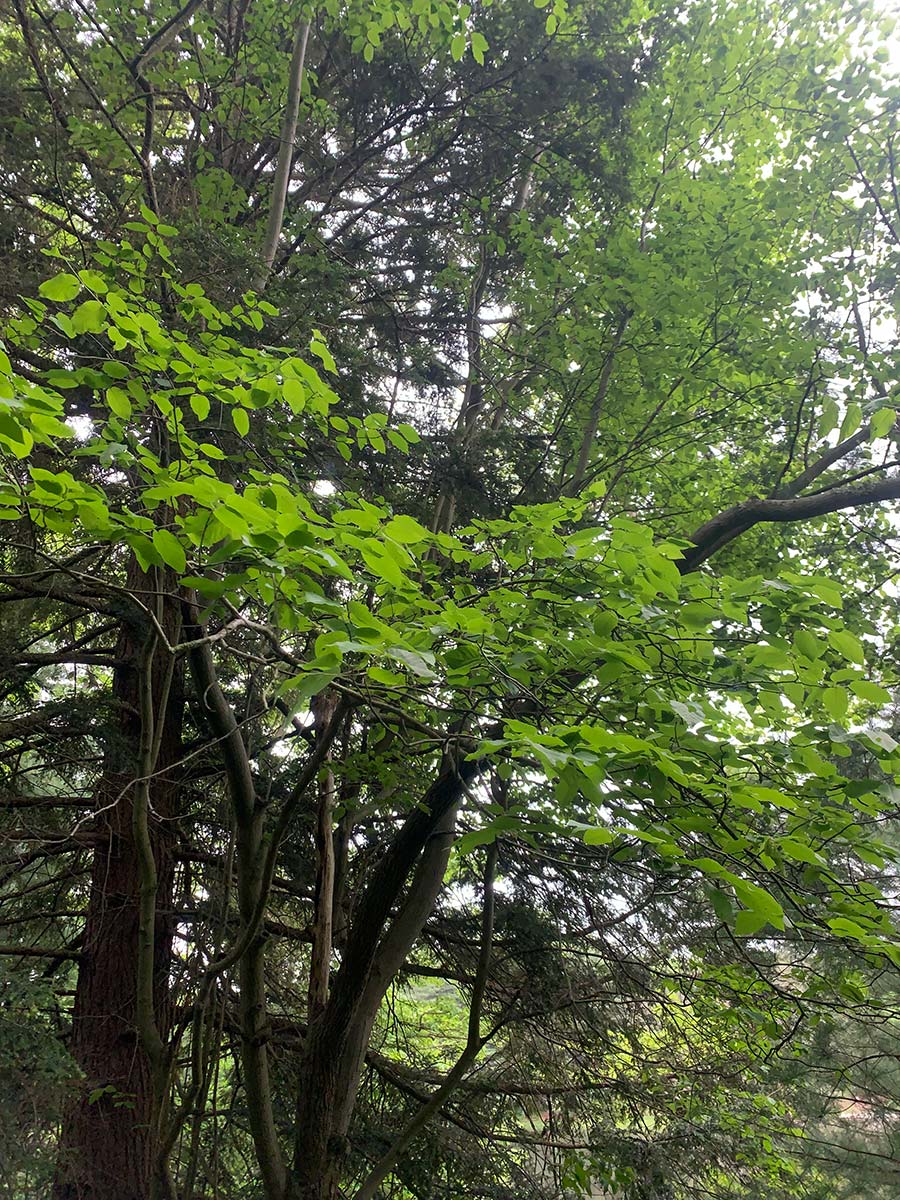
The magic of naming. This is a tree that carries a number of different names, and I think the names are important. I originally called this berry by its most common name, “Serviceberry” thinking that the berry and tree were always “in service” to others. But in doing deeper research on this berry, and finding that the service referred to a funeral service, the name lost its magic. So I shifted to calling it by the other name I had heard as a child–Juneberry. You have a choice with names–and this berry reminds us that we can be named by what we are associated with or surrounded with. It reminds us of the power in a name–what it can teach us about the world.
I am so glad to share the amazing Juneberry with you. I would love to hear from you–have you met this tree? Do you have one? have you tried the berries?
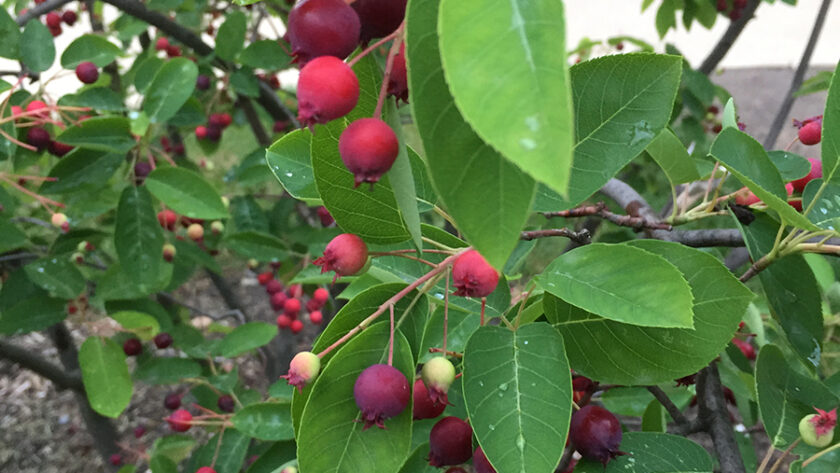


Thank you for these wonderful articles. I have learned so much about the trees around me and how they contribute to my wellbeing. I look forward to learning more from these articles.
Hi Allana,
Thank you for your comment! I’m glad the articles are helpful to you :).
Hi Dana, thank you for the great study of the juneberry tree you made. I learned a lot of things. Here in Quebec City, Canada, our amélanchier is still at his green berry state, doing his best to ripen them. He is covered by tall maple trees, so light is scarce at this point in the season! I can’t wait to try and make some jam with the fruits. With love <3
Hi Magalie,
Thanks for sharing. I’m sure in no time you’ll have those beautiful and ripe berries. I was just hiking and camping at a much higher elevation last weekend and the berries were still green there–which was sad, cause I wanted to eat them! 🙂
[…] Sacred Trees in the Americas: Juneberry Tree (Amelanchier spp., Serviceberry, Shadbush, Sasakatoon) … […]
I have never heard these trees called June berries that was so interesting! Here in Alberta they are referred to mainly as Saskatoon berries! They are so good! I forage a few buckets every year and freeze them for later use in pies or crisps. They are delicious fresh with added cream and a little sugar. It’s a little early for these berries here.
Nadine- fresh cream and sugar sounds fantastic on the Juneberry/Saskatoon!!!! :).
It’s really good! 🙂
Dear Druid,
in my yard there is a maple tree right outside my window. I have been talking to it a little bit with only small success for the past year or so. It seems that now it has either grown an eye or there is an eye appeared in its bark pattern. Is this unusual habit for a tree?
thank you,
Yvette Davis
On Sun, Jun 13, 2021 at 5:34 AM The Druid’s Garden wrote:
> Dana posted: ” We are now at the time when it is at peak throughout the > Eastern US and thus,it is a great time to learn about this wonderful tree. > Juneberry, also known as Amelanchier, Serviceberry, Saskatoon, or Shadbush > is a grouping of 20 deciduous small trees or” >
Hi Yvette,
Yes, it can totally have facial features. Sugar maple often has a circle with a set of downward facing wings coming out of it, almost like an owl in flight. Here’s more on tree faces as well: https://druidgarden.wordpress.com/2015/02/11/druid-tree-workings-finding-the-face-of-the-tree/
I have just this spring identified a tree that I admire every year for it’s flowers. But the branches are too high to get the berries. And a friend gave me a bush which the birds beat me to the berries. Guess I’ll scout around for bushes elsewhere. Meanwhile my mulberry trees are blessing both me and the birds with berries. Not a native here in central Pa but I’ll take what Nature gives.
Greetings,
Shared your page and email have you ever or are you on Pinterest someone asked.
Love & Light, Shelly
On Sun, Jun 13, 2021, 8:35 AM The Druid’s Garden wrote:
> Dana posted: ” We are now at the time when it is at peak throughout the > Eastern US and thus,it is a great time to learn about this wonderful tree. > Juneberry, also known as Amelanchier, Serviceberry, Saskatoon, or Shadbush > is a grouping of 20 deciduous small trees or” >
Thank you for your research, and for the generous shares. Your tree series is so thoughtful, informative, inspiring!
Hi Judy,
Thank you! I’m working on the book for this series now–it is really coming together! blessings to you!
We had a lovely, huge one at my parents’ home. We could never collect enough berries because the birds devoured the. Every year, the Cedar Waxwings would come as a flock and the tree branches would bounce about as they plucked and devoured the fruit. Based on your description, I wish I had had a chance to cook up some. Sadly, we had to sell the home and all the new owners cared about was seeing the water. The beautiful, 20+-year-old tree is no more. The birds will be very sad later this year. Thank you for all you do to educate us on the history and characteristics, etc. of these wonderful beings.
That is a lovely story–I’m so sorry for the loss of your beautiful friend. But, what is remembered lives on. You can still connect with your friend Juneberry in the inner planes. That friendship can remain part of you.
I just discovered that the “goddess” tree I do my full moon rituals at is a Juneberry tree. There’s 3 trunks appearing in the same spot, hence the goddess tree (the maiden, mother and wise woman) and I feel so connected to it. Thank you for this amazing wealth of knowledge for my spiritual tree!
Ohhh! That’s awesome. You should try to harvest some of her berries for a sacred food :). They are utterly delicious!